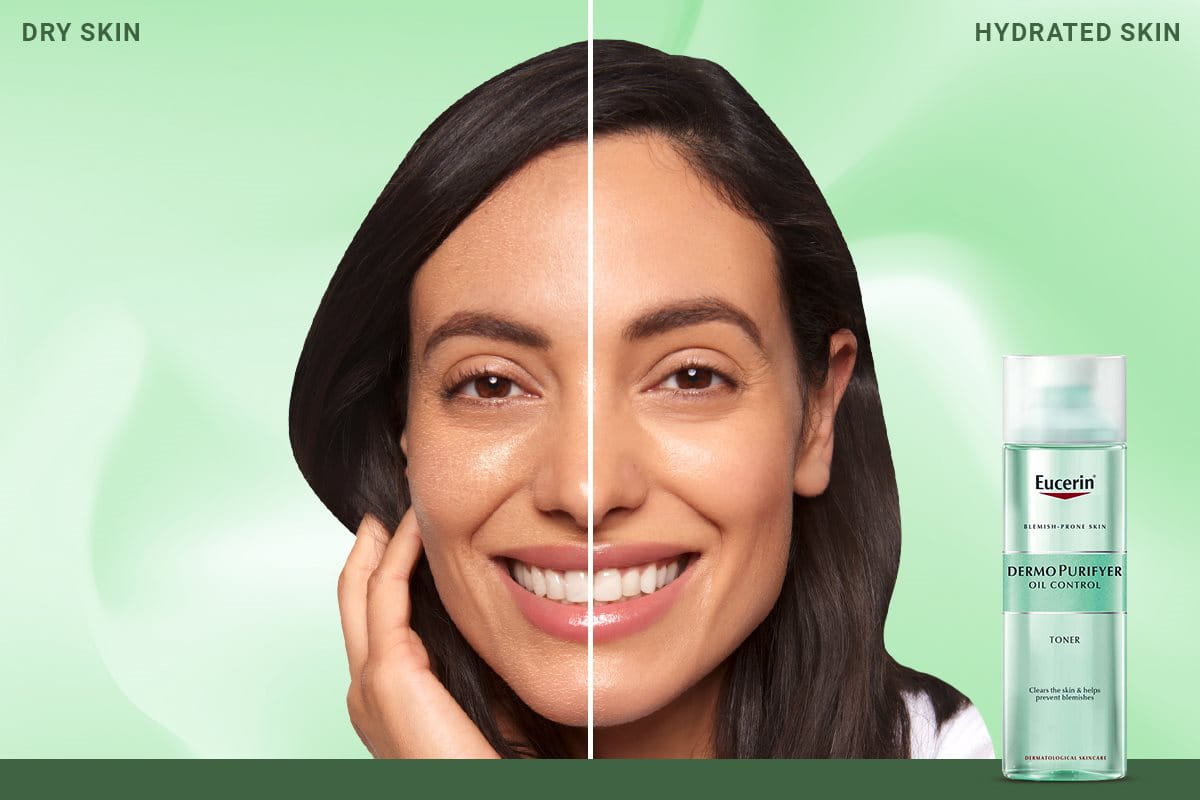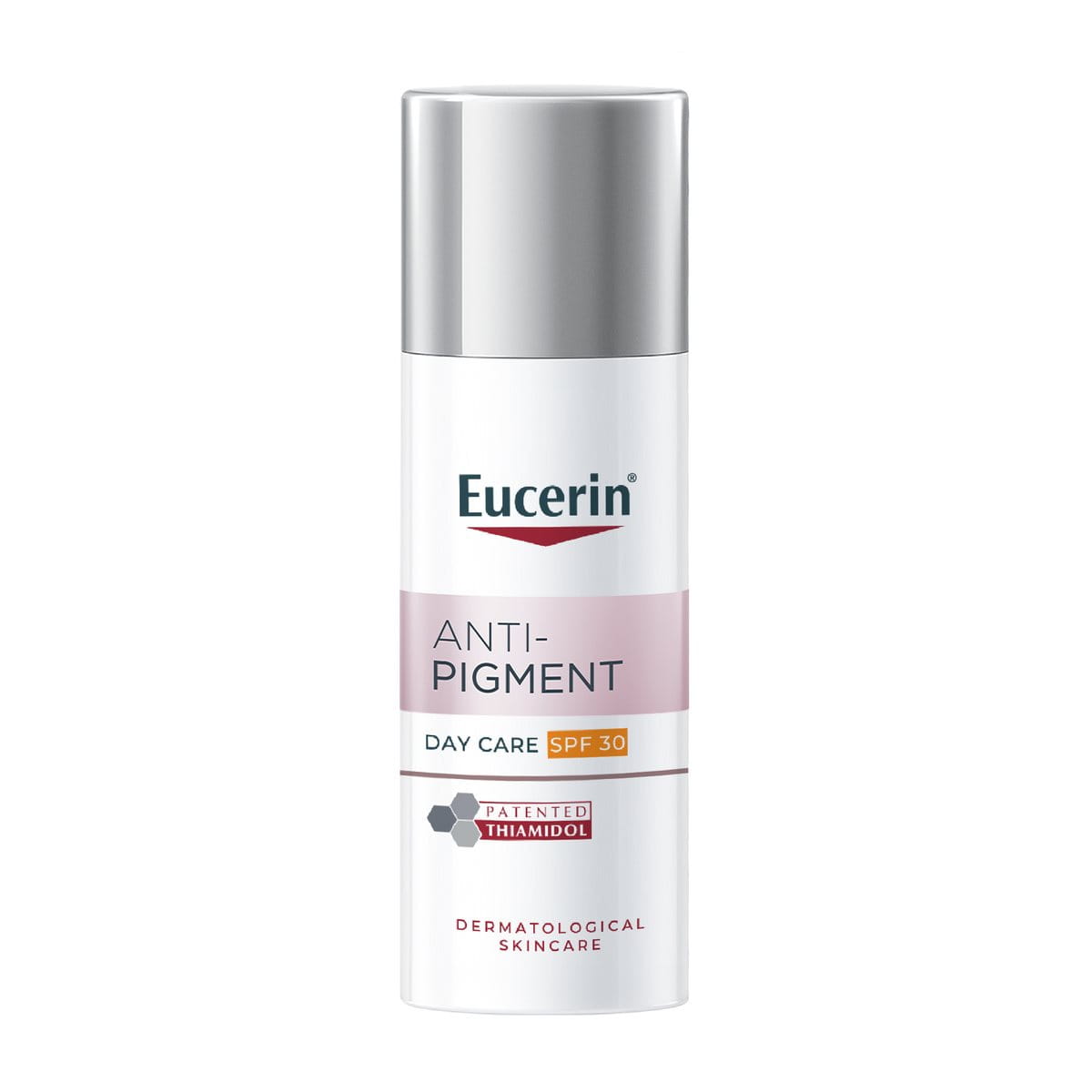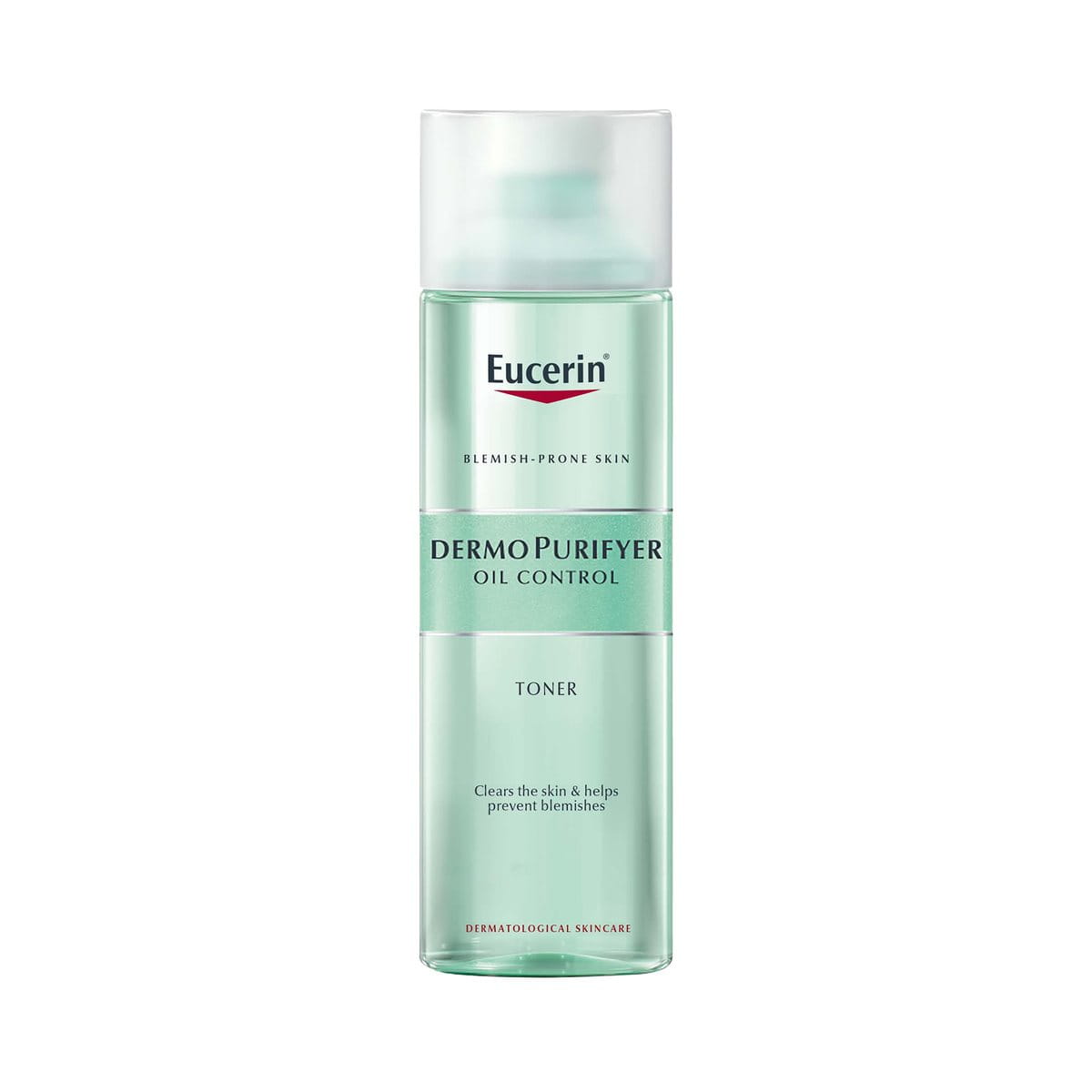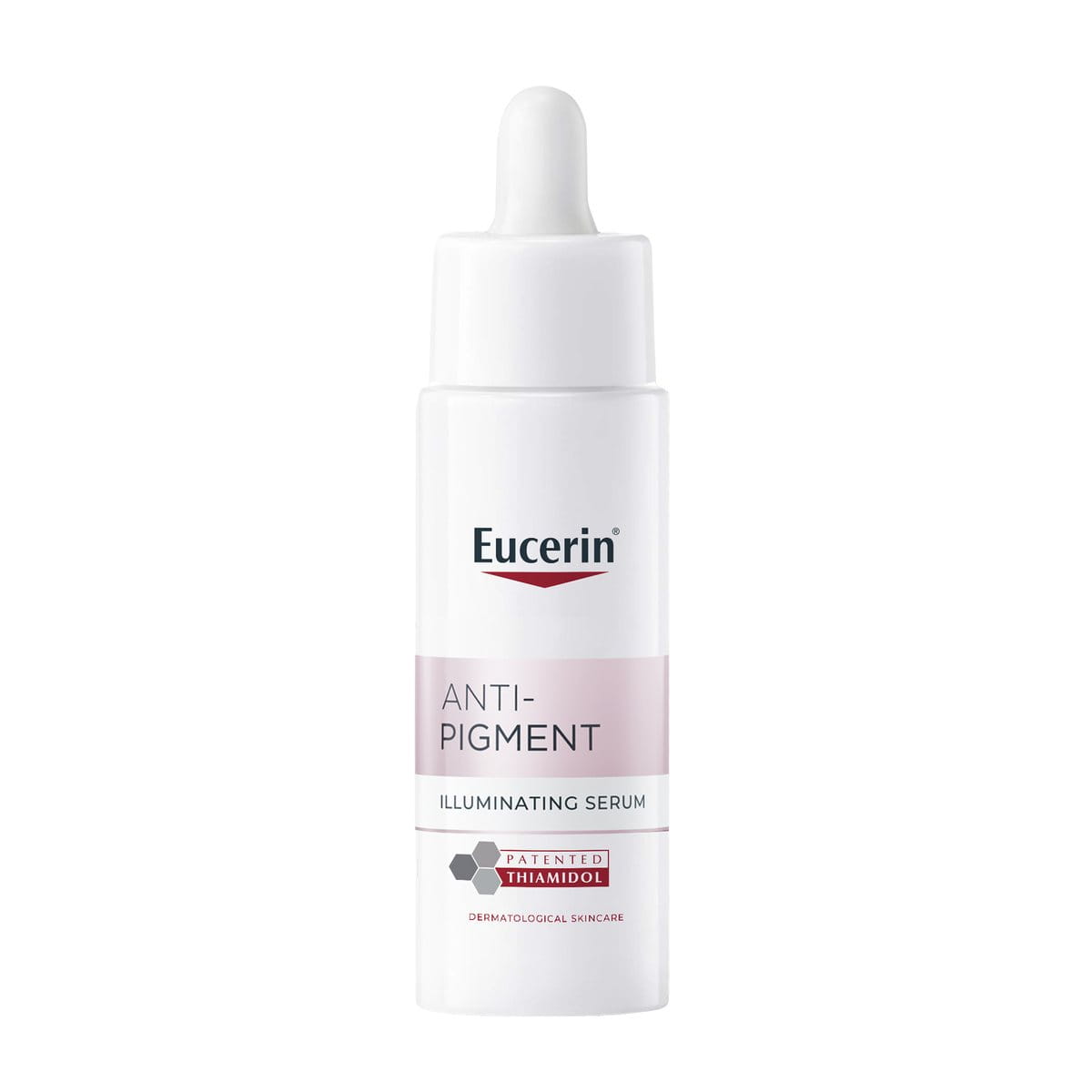Dehydrated skin is one of the most common yet often misunderstood skin concerns. Unlike dry skin, where your skin experiences low oil (sebum) production, dehydrated skin lacks water content. Dry skin type can be a result of genetics; however, dehydration is a skin concern that needs to be addressed with a proper skincare regimen. Here’s all you need to know:
Keynotes:
- Dehydration in skin occurs due to a lack of water in the skin. On the other hand, dry skin results from low oil production.
- Common symptoms of skin dehydration are tightness, dullness, and compromised skin barrier, often caused by weather changes, insufficient water intake, or harsh skincare products.
- You can use hydrating serums, moisturisers containing humectants, and gentle cleansers while practising skincare for dehydrated skin.





